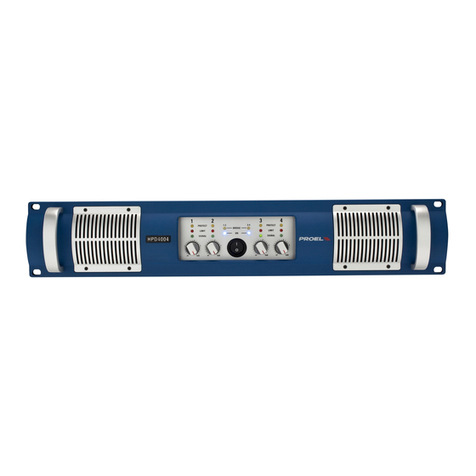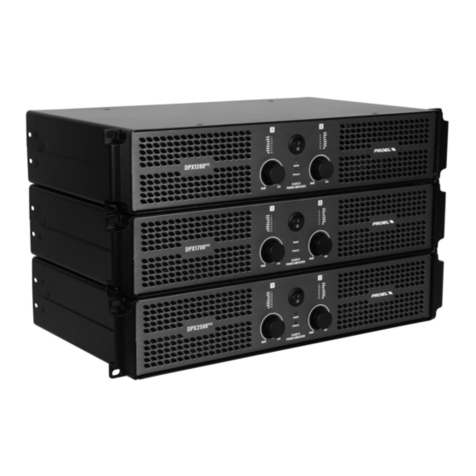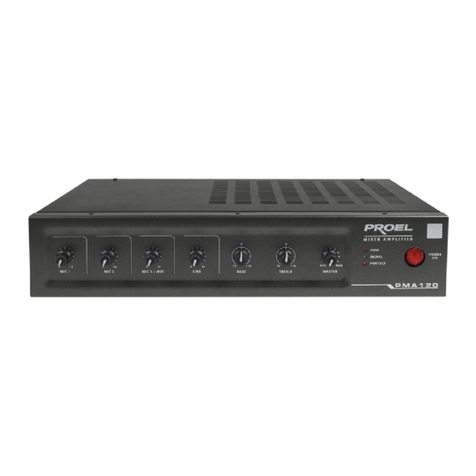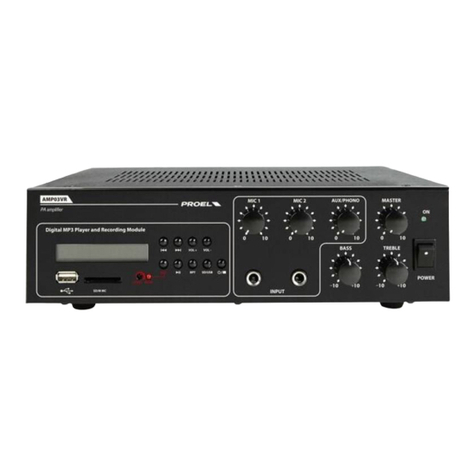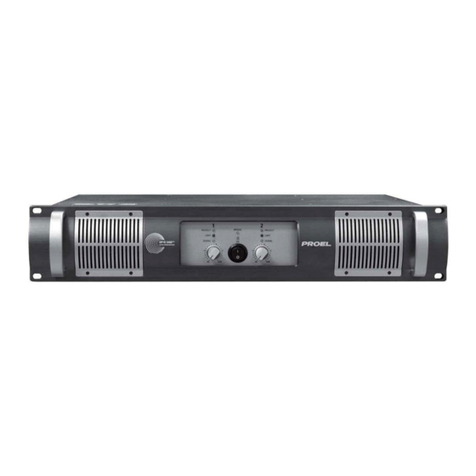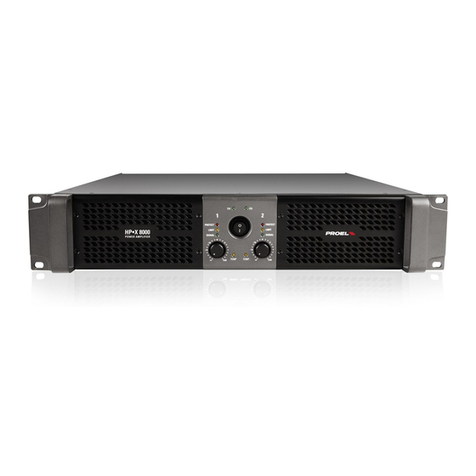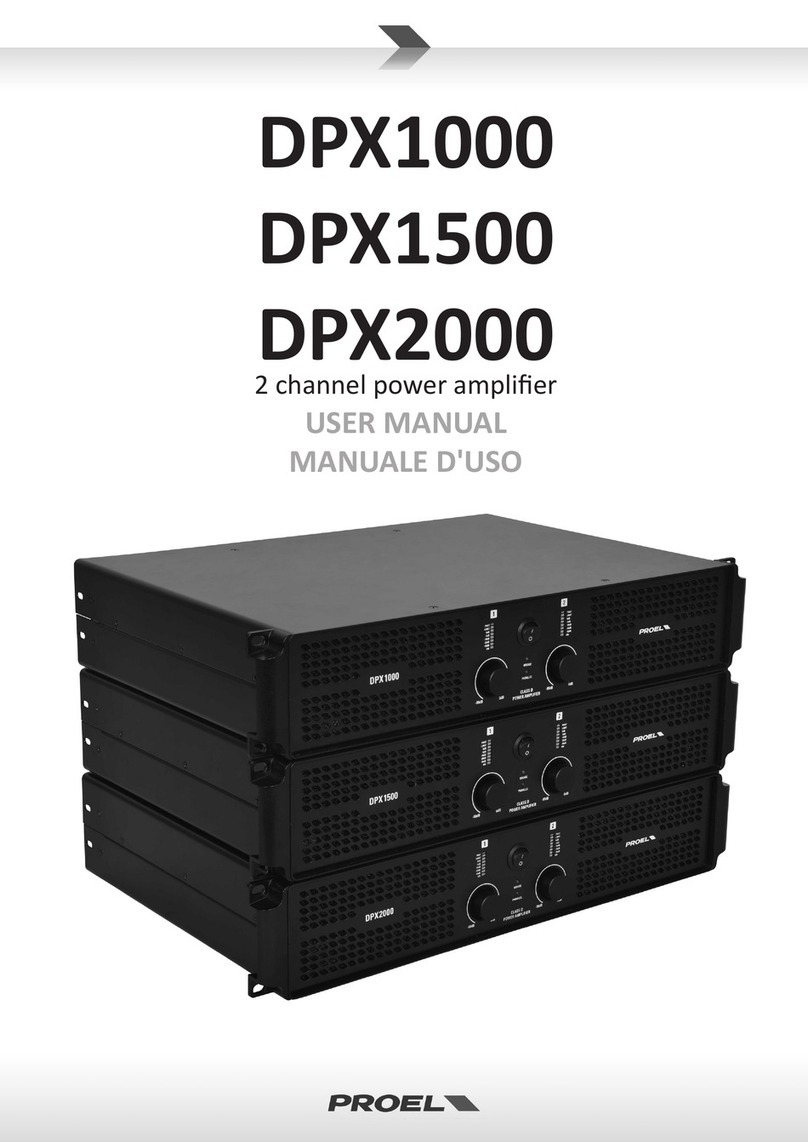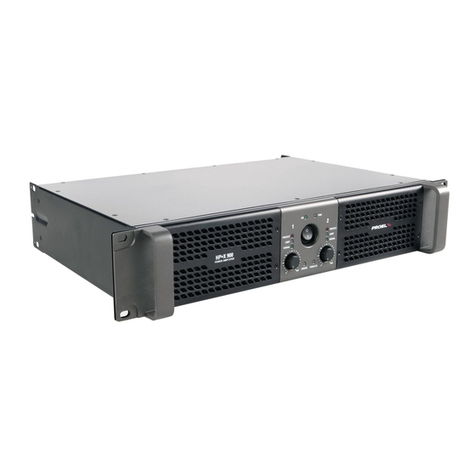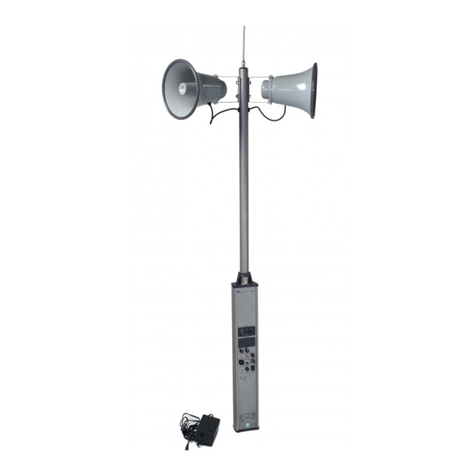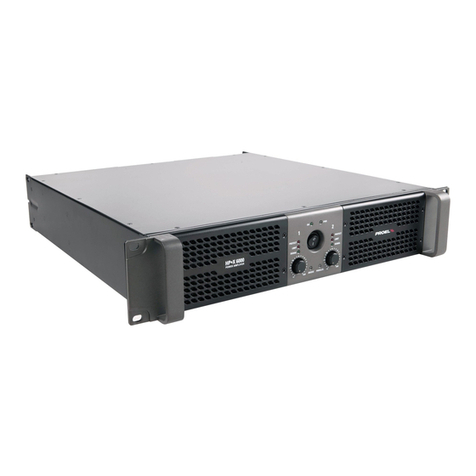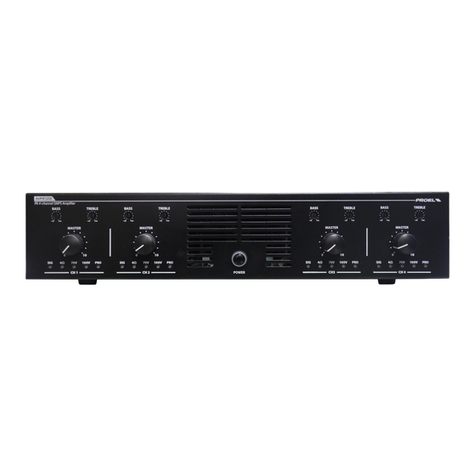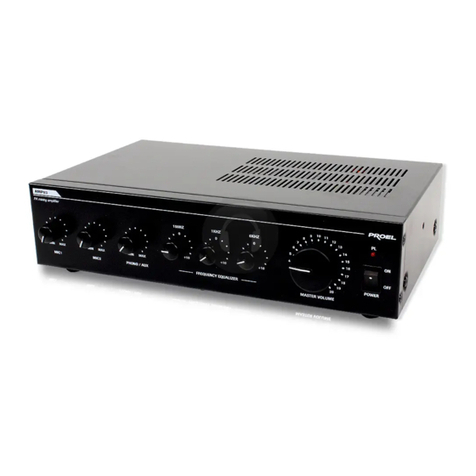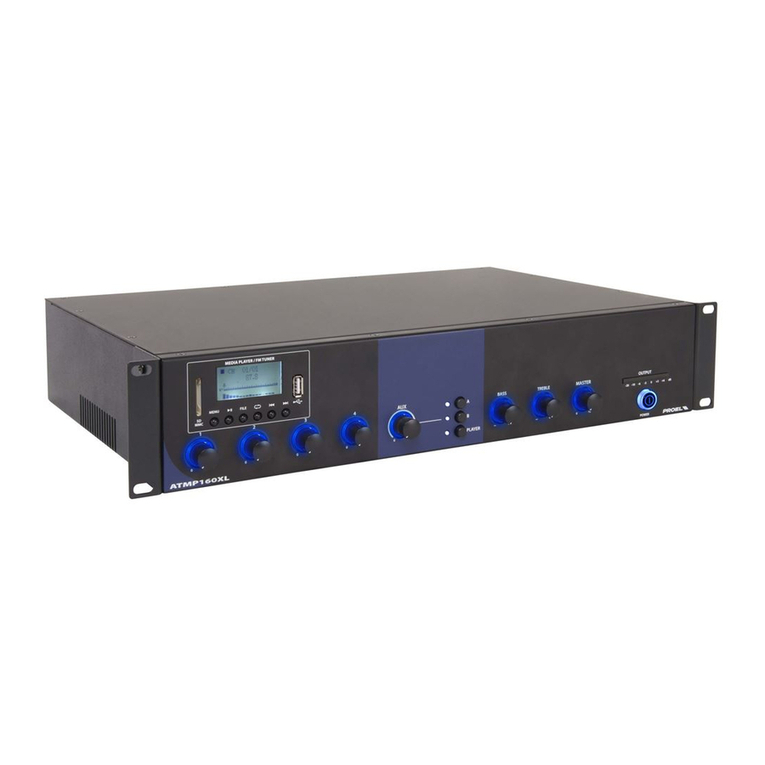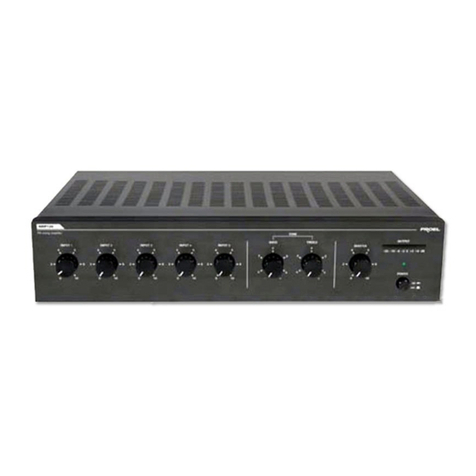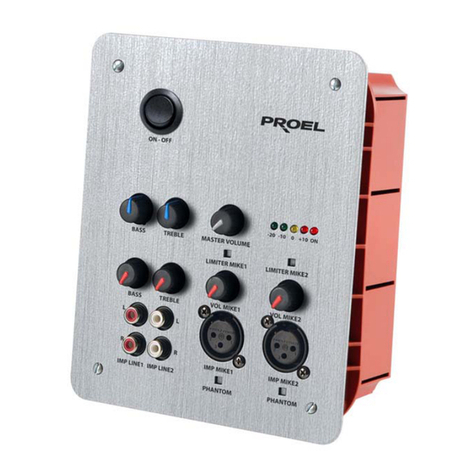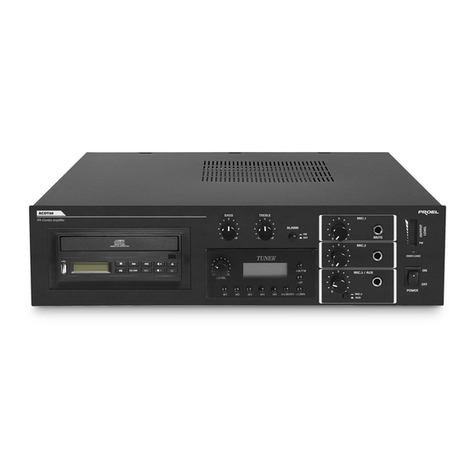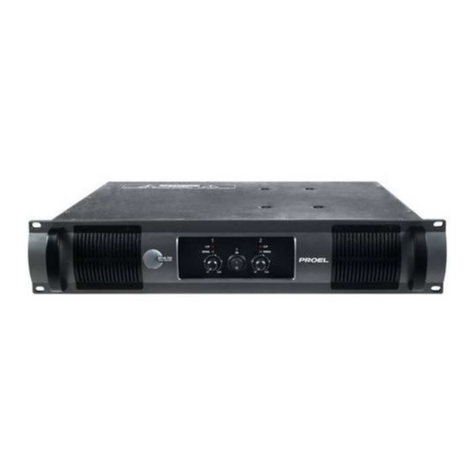
DSO26 User Manual
4
MENU SELECTION...........................................................................................................24
INPUT SETUP SUB-MENU...............................................................................................25
Gang Inputs ..................................................................................................................................................... 25
X-OVER SUB-MENU.........................................................................................................26
Load a Xover ................................................................................................................................................... 26
Design a Xover ................................................................................................................................................ 26
Store a Xover................................................................................................................................................... 26
Erase a Xover Mem ......................................................................................................................................... 26
SECURITY SUB-MENU ....................................................................................................27
User Specific.................................................................................................................................................... 27
Xover Only ....................................................................................................................................................... 27
Xover + Trim .................................................................................................................................................... 27
Xover + Trim + Mute ........................................................................................................................................ 27
Changes Only .................................................................................................................................................. 27
Changes + View............................................................................................................................................... 27
Changes + Mutes ............................................................................................................................................ 27
EVERYTHING ................................................................................................................................................. 27
Entering the Password to Complete the Locking Operation............................................................................ 28
SYSTEM SUB-MENU........................................................................................................29
System Status.................................................................................................................................................. 29
LCD Contrast ................................................................................................................................................... 29
LED Brightness................................................................................................................................................ 29
Temperature Alarm.......................................................................................................................................... 29
Wake-up Time ................................................................................................................................................. 29
Output Meters .................................................................................................................................................. 29
Filter Q or BW .................................................................................................................................................. 29
Delay Time/Distance........................................................................................................................................ 29
INTERFACE SUB-MENU ..................................................................................................30
Interface Setup ................................................................................................................................................ 30
AES / EBU SUB-MENU.....................................................................................................31
Routing Options ............................................................................................................................................... 31
AES Diagnostics .............................................................................................................................................. 31
AES / EBU Connections .................................................................................................................................. 31
OPERATING NOTES ........................................................................................................32
Operating Level ............................................................................................................................................... 32
Grounding ........................................................................................................................................................ 32
